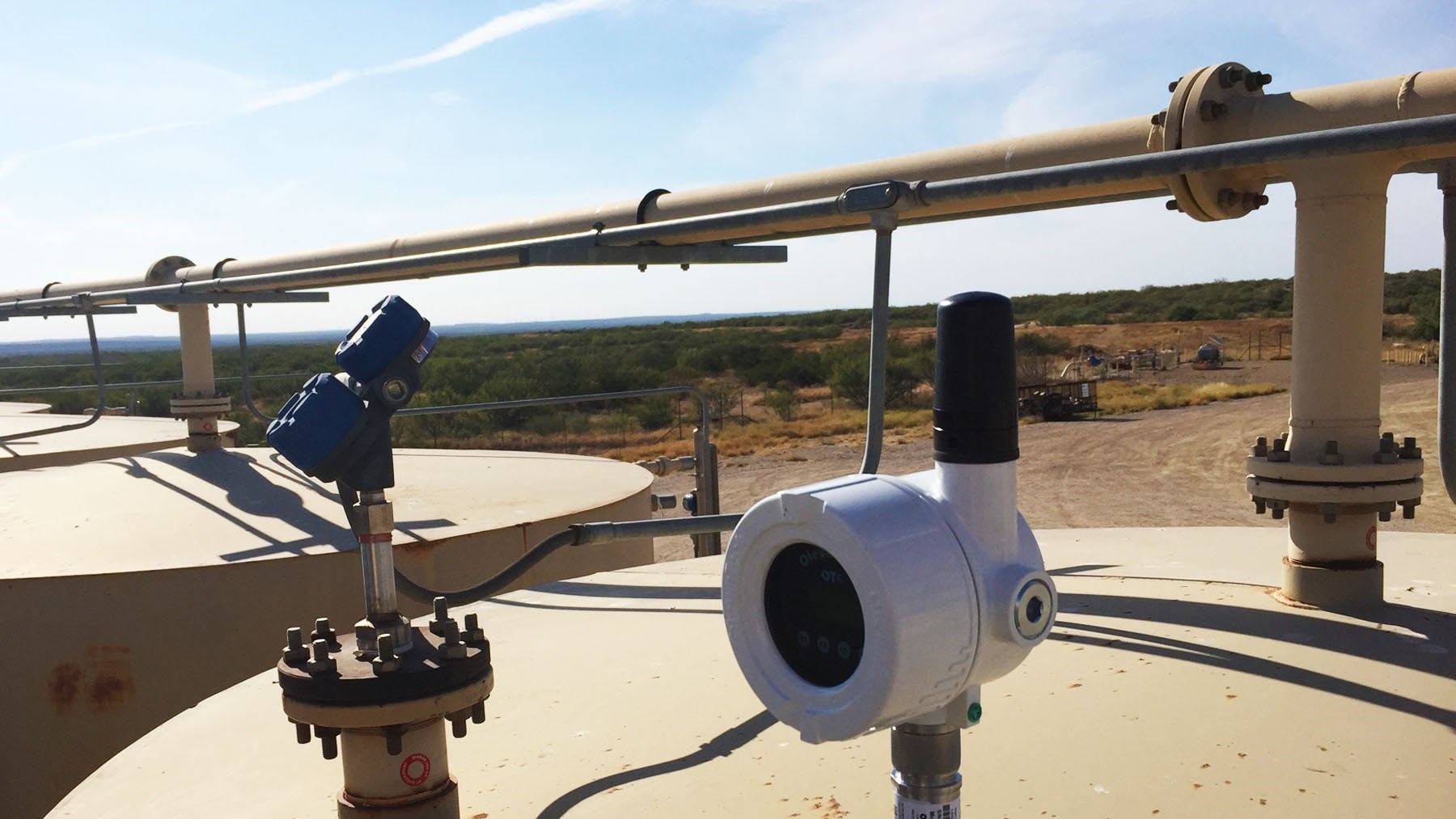Introduction of magnetostrictive level transmitter
Magnetostrictive level working principle
In the diverse landscape of industrial sensors, the Magnetostrictive Level Sensor holds a unique and prominent position. The sensor is widely used for measuring the level of fluids in a variety of industrial applications, including petrochemical storage, hydraulic systems, and food and beverage production.
Understanding the Magnetostrictive Principle
At the heart of the Magnetostrictive Level Sensor lies the principle of magnetostriction. Magnetostriction refers to the change in the dimensions of a ferromagnetic material when it is magnetically energized. In simpler terms, certain materials have the ability to change their shape or dimensions when they are subjected to a magnetic field.
The magnetostrictive level transmitter uses buoyancy, magnetostriction and electronics technologies to accurately measure the level of a wide variety of liquids, including interface and insoluble multiple liquids with a two-float design.
In the typical magnetostrictive level transmitter a float, appropriately sized for the specific fluid density, is mounted on the level transmitter stem such that the float will travel up and down due to the buoyancy of the float from the fluid being measured. The float contains a magnetic element. To locate the float position the magentostrictive level transmitter electronics sends a short current pulse down a sensor wire located within the level transmitter stem with a specific frequency, setting up a magnetic field along its entire length. This field interacts immediately with the field generated by the magnet contained within the float.
The overall effect is that during the brief time that the current flows, a torsional force is produced in the wire, much like a sonic vibration or wave, and travels back to the magnetostrictive level transmitter electronics. A timing circuit exists within the electronics which measures the time-of-flight (TOF) between the start of the current pulse and the return signal. In this manner the float’s location (and therefore the fluid level) is very precisely determined and presented as a level signal by the magnetostrictive level transmitter, typically in 4-20mA output.
Unique Benefits
Magnetostrictive Level Sensors offer several key advantages over other level measurement technologies. They are highly accurate, typically offering a precision of 0.01% of full scale. They are also capable of providing continuous level measurement and can handle high pressure and high temperature environments. Furthermore, they are not affected by changes in the properties of the medium, such as density, conductivity, or dielectric constant.
Application Areas of Magnetostrictive Level Sensors
Magnetostrictive Level Sensors have a broad range of applications across various industries. They are commonly used in industries where precision and reliability are of utmost importance.
Petrochemical Industry: These sensors are extensively used in the petrochemical industry for level measurement of various fuels and oils in storage tanks and reservoirs.
Food and Beverage Industry: They help in measuring the level of various liquids such as juices, milk, and other beverages in production lines and storage tanks.
Pharmaceutical Industry: For maintaining stringent hygiene standards, these sensors are used to measure levels of various pharmaceutical liquids in sterile conditions.
Water Treatment Plants: They are used for level measurement in water storage tanks and reservoirs.
Challenges and Limitations
Despite the numerous advantages, Magnetostrictive Level Sensors are not without their challenges. They are typically more expensive than other level sensing technologies, which may deter some industries from adopting them. Furthermore, they may be influenced by external magnetic fields, which can potentially impact their accuracy. Lastly, while these sensors are capable of withstanding high temperatures and pressures, they have a limit to the level of harsh conditions they can endure.

